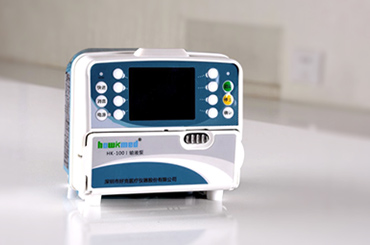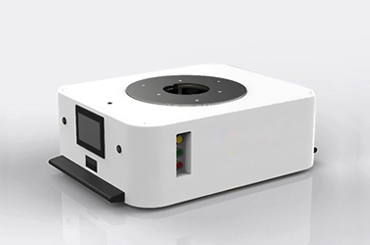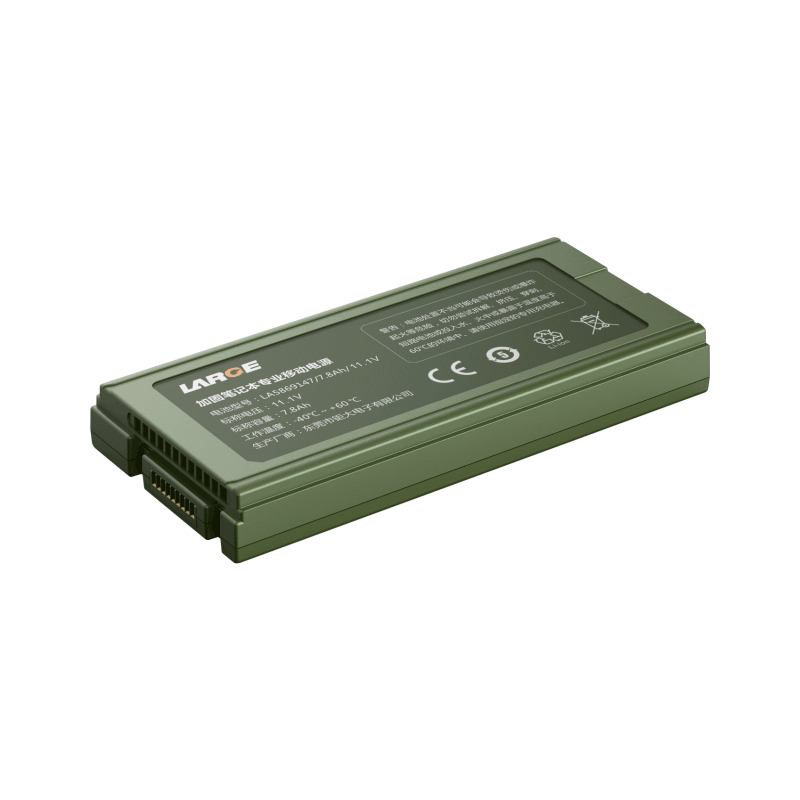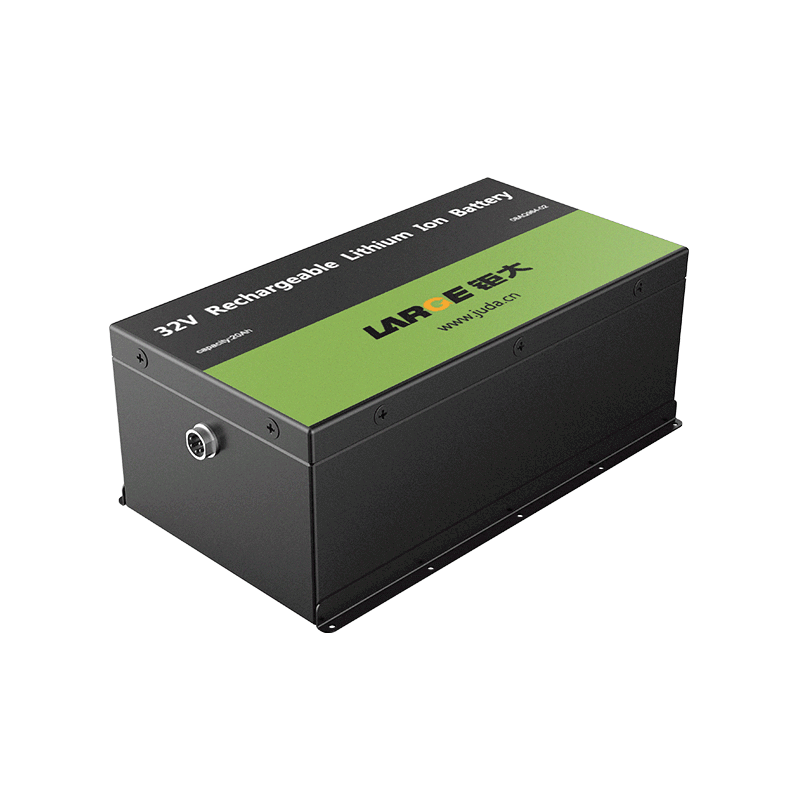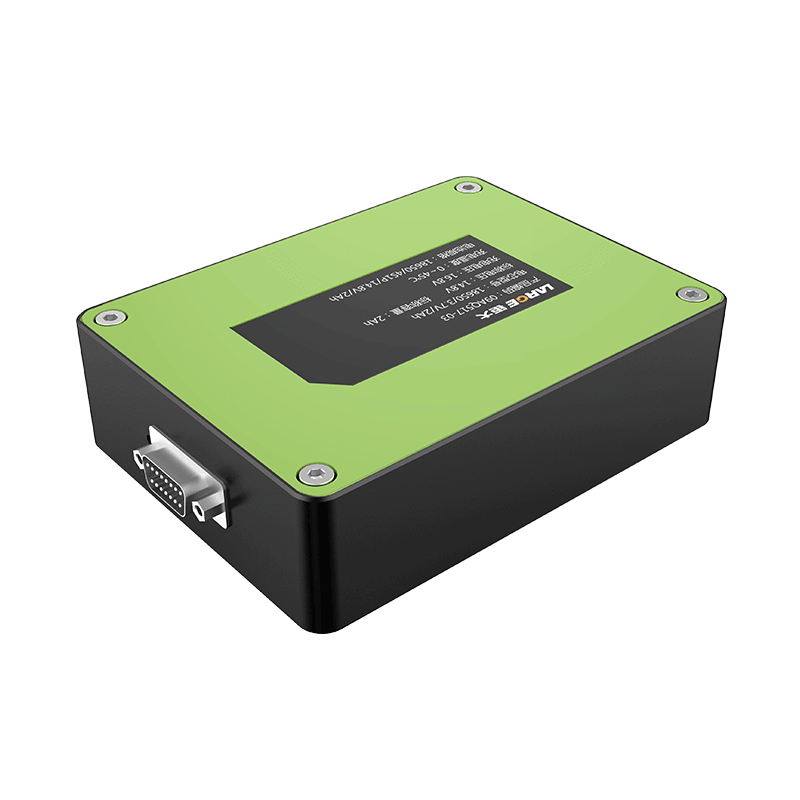What is the use of ultracapacitors?
May 29, 2019 Pageview:774
The super-capacitor scientific name is an electronic double-layer capacitor[EDLC]. Unlike traditional nanomedia capacitors that also have high capacitance values, super-capacitors do not use traditional solid electrolytes. The energy density of the supercapacitor is greater than that of the ordinary capacitor and smaller than that of the lithium battery. Its power density is less than ordinary capacitance and greater than lithium batteries.
Supercapacitors, also known as double layer capacitors, are a new type of energy storage device. They have the characteristics of short charging time, long service life, good temperature characteristics, energy saving and green environment protection.
Application areas: 1, tax control machine, tax control tanker, vacuum switch, smart meter, remote meter reading system, instrument, digital camera, handheld computer, electronic door lock, program-controlled switch, cordless phone, etc.. Clock chips, static random memory, data transmission A backup power supply for small current supplies such as systems.
2, smart meter(smart meter, smart water meter, smart gas meter, smart heat meter) as the starting power supply for electromagnetic valve
3, solar energy warning lights, navigation lights and other solar energy products instead of rechargeable batteries.
4, hand power flashlights and other small charging products instead of charging batteries.
5, electric toy motor, voice IC, LED light emitter and other low-power electrical power drive power supply.
Supercapacitors are a new type of energy storage device between conventional capacitors and batteries. They have the advantages of high power density, large capacity, long service life, no maintenance, and economic and environmental protection.
6. Fast start of electric cars
7. Power system power grid retrofit outdoor switches
8. Wind power offshore fans
Supercapacitors, which charge electric power in five minutes to drive an electric car 500 miles and charge $9 for electricity. The diesel locomotive that burns gasoline costs 60 US dollars for the same mileage. Supercapacitors are also a kind of new energy, and the development prospects are naturally good.
Supercapacitors, also known as electrochemical capacitors, double-layer capacitors, gold capacitors, and Farah capacitors, were developed from the 1970s and 1980s to store energy through polarized electrolytes.
Unlike traditional chemical power sources, it is a power source with special properties between traditional capacitors and batteries. It mainly relies on double layers and Redox enthalpy charge to store electrical energy. However, there is no chemical reaction in its energy storage process. This energy storage process is reversible, and it is also because this super capacitor can repeatedly charge and discharge hundreds of thousands of times.
The specific details of the structure of the super capacitor depend on the application and use of the super capacitor. These materials may vary slightly due to the manufacturer or specific application requirements. The common feature of all super capacitors is that they contain a positive electrode, a negative electrode, and a diaphragm between these two electrodes. The electrolytic fluid fills the pores of the two electrodes separated by the two electrodes and the diaphragm.
The structure of the super capacitor is shown in the figure. It consists of a porous electrode material with a high specific surface area, a collection fluid, a porous battery diaphragm, and an electrolyte. The electrode material and the collector fluid should be closely connected to reduce the contact resistance; The diaphragm shall meet the conditions of as high as possible Ionic conductivity and as low as possible electron conductivity, and is generally an electronic insulating material with a fiber structure, such as a polyacrylate membrane. The type of electrolyte is selected according to the properties of the electrode material.
The above parts are:(1): PTFE carrier; (2)(4): The active substance is pressed on the nickel foam collector; (3): Polypropylene battery diaphragm.
The components of super capacitors can vary from product to product. This is determined by the geometry of the Super capacitor packaging. For the placement of Prismatic or square encapsulated product components, the internal structure is based on the setting of the internal components, that is, the internal collector is extruded from the stack of each electrode. These collector solders will be welded to the terminal, thereby extending the current path outside the capacitor.
For round or cylindrical encapsulated products, the electrode is cut into scrolls. Finally, the electrode foil is welded to the terminal to extend the capacitance current path outside.
Its basic principle, like other types of double layer capacitors, is to use a double layer structure composed of activated carbon porous electrodes and electrolytes to obtain an oversized capacity.
The outstanding advantages are high power density, short charging and discharging time, long cycle life, and wide operating temperature range. It is the largest type of double layer capacitor that has been put into mass production in the world.
According to the different mechanisms of energy storage, it can be divided into the following two categories:
1, double layer capacitance: is generated at the electrode / solution interface through the orientation of electrons or ions to cause charge confrontation. For an electrode / solution system, a double layer is formed at the interface of an electronically conductive electrode and an ionically conductive electrolyte solution. When the electric field is applied to the two electrodes, the cathode and cation in the solution migrate to the positive and negative electrodes respectively, forming a double layer on the electrode surface; After the electric field is withdrawn, the positive and negative charges on the electrode are attracted to the opposite charge ions in the solution to stabilize the double layer and produce a relatively stable potential difference between the positive and negative poles. At this time, for an electrode, an isotropic ion charge equivalent to the charge on the electrode will be generated within a certain distance(dispersion layer), so that it will remain electrically neutral; When the two poles are connected to the external circuit, the charge on the electrode migrates and a current is generated in the external circuit. The ions in the solution migrate into the solution and are electrically neutral. This is the charging and discharging principle of the double layer capacitor.
2, Faraday quasi-capacitance: Its theoretical model was first proposed by Conway. It is a two-dimensional or quasi-two-dimensional space on the surface of the electrode and near the surface or body phase. Electroactive substances undergo underpotential deposition, resulting in highly reversible chemical desorption. Accompanying with Redox reaction, Generates capacitance associated with electrode charging potential. For Faraday quasi-capacitors, the process of storing charges includes not only storage on the double layer, but also Redox reactions between electrolytic liquid ions and electrode active substances. When ions in the electrolyte(such as H +, OH-, K +, or Li +) diffuse from the solution to the electrode / solution interface under the action of an applied electric field, It enters the body phase of the active oxide on the surface of the electrode through the Redox reaction on the interface, allowing a large amount of charge to be stored in the electrode. When discharging, these ions entering the oxide will be returned to the electrolyte through the reverse reaction of the above Redox reaction, and the stored charge is released through the external circuit. This is the charging and discharge mechanism of Faraday's quasi-capacitance. [ 1]
The page contains the contents of the machine translation.
- Prev Article: What types of batteries do pure electric cars have?
- Next Article: Lithium battery becomes "bomb"?
Leave Message
Hottest Categories
-
Hottest Industry News
-
Latest Industry News





